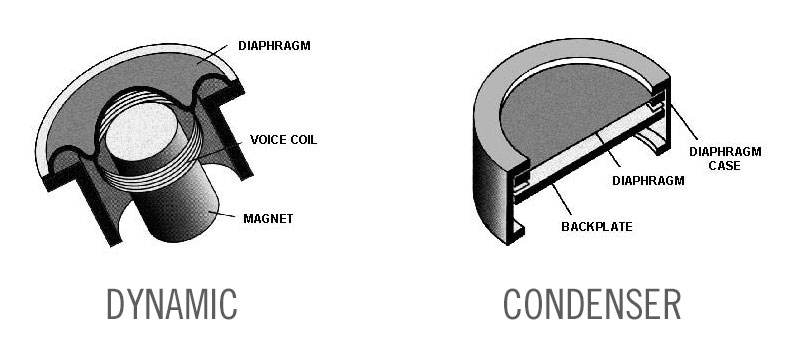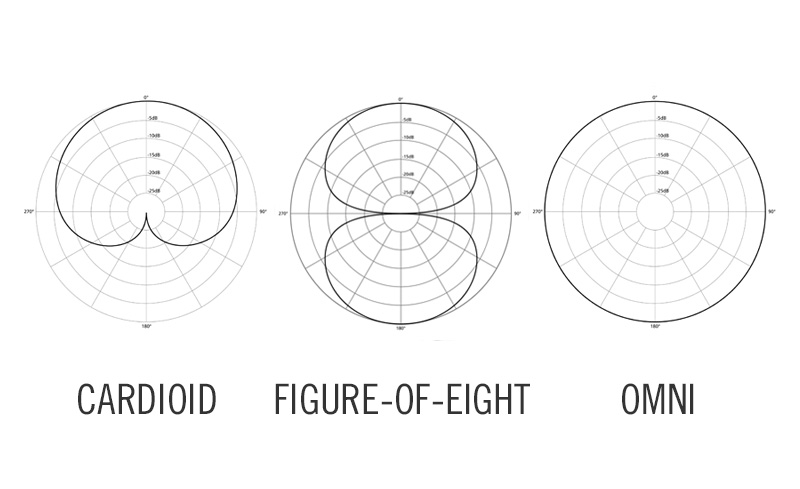Sound
Sound is simply defined as vibrations that travel in longitudinal waves (when travelling through gas, liquids and solids) and transverse waves (when travelling through solids) which can then be heard when they reach someone’s ear. However sound cannot travel through a vacuum because there are no atoms to vibrate. Sound waves can be reflected by hard surfaces, absorbed by soft surfaces and refracted to cause echoes. The human ear can hear from twenty Hertz and twenty KiloHertz.
Acoustics
Acoustics means the way sound interacts with the environment. Reflection is when a sound hits a surface and reflects off it, therefore creating a reverb. Refraction is when a sound wave changes the direction of depending on the temperature of a room or other location. Diffraction is when sound waves move and bend around small objects, or spread around an area after they pass through small openings.
wavelength and frequency
Frequency (the pitch of a sound) can be shown on a wave as the distance between each trough/crest and it is measured in Hertz. If the wavelength between the crest and trough gets smaller, the pitch increases, therefore the pitch gets lower if the crest and trough are further apart.

Signal Path
A signal path is how we set up a signal to go through a system. For example; an acoustic guitar makes sound waves when it is played. These waves travel through a transducer (microphone) that transforms acoustic sound into an electrical current. This current goes to the mixing desk which then amplifies the signal. The computer then turns the amplified electrical current into binary code so it can be modified using a digital audio workspace. Then to hear this modified recording through a speaker, the whole signal path is done in the opposite direction (goes from binary code>amplified electric signal>electric signal>sound wave).
Transducers
Source of Information: https://www.shure.eu/musicians/discover/educational/microphone-basics-transducers-polar-patterns-frequency-response
A transducer is a device that can convert energy into another form of energy. A well-known example of this is a microphone as it converts acoustic energy in the form of sound waves into an electrical current. There are two types of transducers; dynamic and condenser.
A dynamic transducer is made up of a diaphragm, voice coil and magnet, forming a sound driven electrical generator. The diaphragm in the microphone moves back and forwards when sound waves hit it which moves the voice coil within the magnet up and down, creating an electrical signal. This is mostly made for higher sound levels.
A condenser transducer is made up of a diaphragm case (which protects the diaphragm), the actual diaphragm and the electrified backplate. when sound waves hit the diaphragm, it vibrates which causes the backplate to move within the electrical field to make a signal. The microphone has a preamp so this signal can be used (which also means it needs phantom power). This transducer has a larger frequency range but does have a maximum sound level before the sound starts to distort.

Polar Patterns
Source of Information: https://www.shure.eu/musicians/discover/educational/polar-patterns
A polar pattern is what sounds around a microphone can be picked up depending on its sensitivity. There are four types of polar patterns; these are omnidirectional, cardioid, super-cardioid and figure of eight. They all pick up sounds from different angles so therefore they all are preferred for different uses.
-An omnidirectional microphone picks up everything around it equally at once which annihilates the need for having to face the microphone at a certain angle. These are good for acoustic instruments as they have an open and natural sound. However, it also picks up the ambience of your location which can be a downside in many ways.
-A cardioid microphone has full sensitivity at the front and slightly less at the side, with no sound being picked up at the back. (almost like a semi-circle or heart shape). This is much preferred for vocal microphones at a live performance as it will not pick up the sound of the audience or the ambience of the room (unlike the omnidirectional).
– A hyper-cardioid microphone is similar to a normal cardioid as it picks up everything at the front. However, unlike the cardio, it picks up sound very narrowly at the back and is not sensitive to sounds at the left and right of the microphone. These are popular in film because of their high directionality and sensitivity to specific areas that might not want to be heard through the microphone whilst on set.
-The figure of 8 microphone picks up almost every sound from the front and rear as they are highly sensitive in these angles, however, they are deaf at the left and right They are also referred to as bidirectional as it picks up sound in the same opposite two places.
